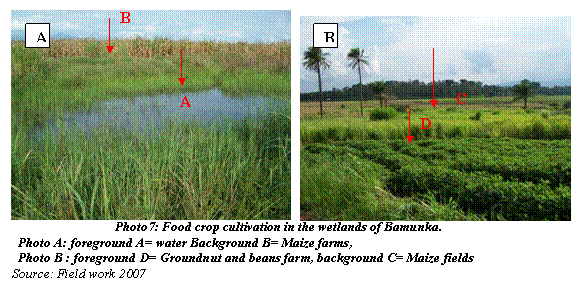<<<,Home page
<<<Website Contents
Click to view each page as numbered
1 | 2 | 3|
4 | 5 | 6|
7 |8 | 9|
10 |11| 12
13| 14 | 15
16 | 17 | 18
19 | 20 | 21
22 | 23 | 24
25 | 26 | 27
28 | 29 | 30
31 | 32 | 33
34 | 35 | 36
37 | 38 |39|
40 | 41 | 42
43 | 44 | 45
46 | 47 | 48
49 | 50 | 51
52 | 53 | 54
Theme: THE DEGRADATION OF WETLANDS AND ITS SOCIO ECONOMIC AND ENVIRONMENTAL IMPLICATIONS IN NDOP CENTRAL SUBDIVISION, NORTH WEST PROVINCE CAMEROON
Page 56
l
Years |
||
55 | 56 | 57 | 58 | 59 | 60| 61 | 62 | 63| 64 | 65 | 66| 67 | 68 | 69 | 70 | 71 |72 |73 | 74 | 75
76 | 77 | 78 | 79 | 80 | 81 | 82 | 83 | 84 | 85 | 86 |87 | 88 | 89 | 90 |91 | 92 | 93 | 94 | 95
<<<Back to table of contents || Go to next page>>>
